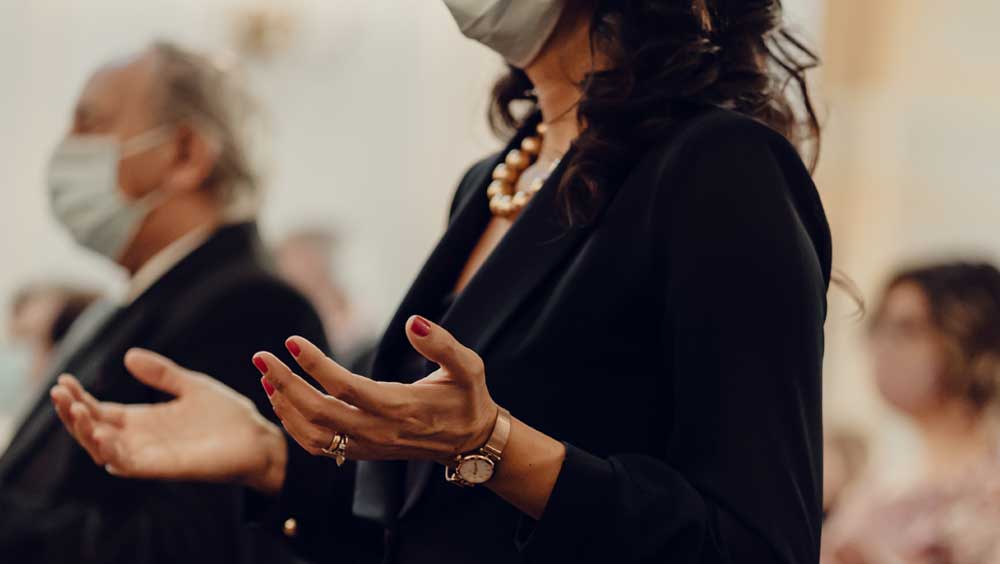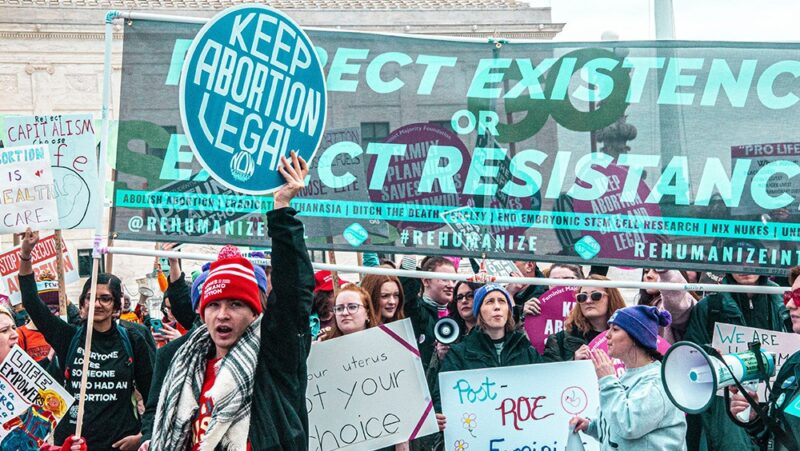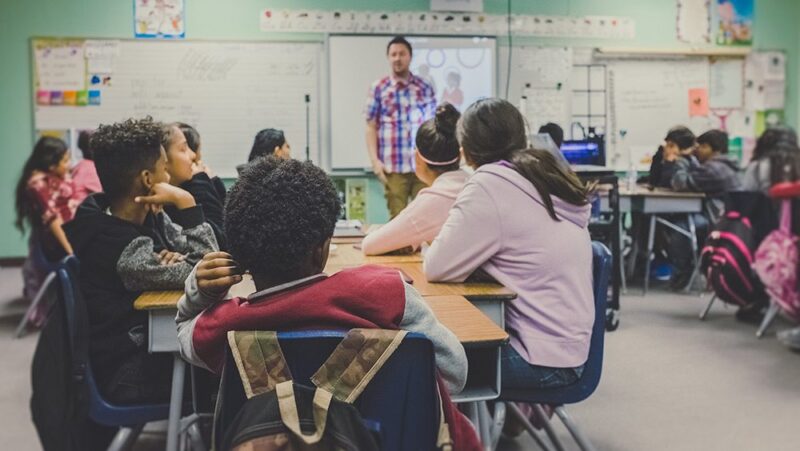Religious Protections in the Midst of a Pandemic: Two Key Arguments

There was a collective sigh of relief across the nation as the first doses of the COVID-19 vaccine were distributed. The prior nine months separated us from our loved ones, our favorite pastimes and in some states, from our places of spiritual respite, too. For many Americans, that last bit has caused tremendous additional stress and consternation and has resulted in a slew of cases challenging government restrictions on houses of worship and religious schools.
In the early months of the shutdown, a few of these challenges reached the U.S. Supreme Court, only to have the court side with the government. The night before Thanksgiving, however, the court changed course and decided its first case in favor of religious claimants. We can expect several more rulings soon in multiple pending cases before the court, all of them turning on one (or both) of two arguments:
- General applicability.
- Hybrid rights.
General Applicability
In many of the pending cases, the central argument is that the state’s COVID-19 restrictions are not neutral and generally applicable (that is, they do not apply across the board). This is because the Supreme Court, in Employment Division v. Smith (1990), held that if a religious claimant challenges a neutral and generally applicable law, then the court only has to apply a rational basis review — under which the government almost always wins. But if the religious claimant can show that the law has secular exceptions, then the government has to satisfy the difficult strict scrutiny standard — under which the government typically loses. In the COVID-19 cases then, religious claimants have pointed to secular comparators — everything from bars to acupuncture to liquor stores — and argued both that the comparators (1) carry the same risk of virus transmission; and (2) are not as restricted in their operations as religious entities are.
The approach worked in the case recently decided by the high court. On Nov. 25, 2020, the Supreme Court blocked enforcement of COVID-19 restrictions imposed by New York Gov. Andrew Cuomo on religious services. The opinion addressed two applications, one brought by the Roman Catholic Diocese of Brooklyn and the other by the Orthodox Jewish organization Agudath Israel of America, each of which stated that Cuomo’s regulations violated their First Amendment rights because they were unduly restrictive.
Under the regulations, in areas marked “red zones,” no more than 10 people may attend religious services. In “orange zones,” no more than 25 people may attend religious services — even in cases where a house of worship can seat more than 1,000 people. Lawyers for the diocese argued that its “spacious churches” are safer than many of the secular businesses that have no restrictions and that its hourlong Mass takes the same or less time as trips to big-box stores, acupuncture facilities and 9-5 jobs. In the lower court, a health department official testified that a large store in Brooklyn could have hundreds of shoppers present at any given moment, but a nearby house of worship was prohibited from having more than 10 or 25 worshippers inside.
The court found these results “troubling.” It said that the restrictions “single[d] out houses of worship for especially harsh treatment” and as such were subject to strict scrutiny. This meant the government had to prove its restrictions not only served a compelling government interest (which no one in the case contested), but also were the least-restrictive means of serving that interest. The government failed on the second prong, the court said, because the restrictions were too broad.
It noted that the restrictions were not proportionate to the risk created, pointing out that the religious claimants in the case were following all of the safety protocols and had successfully prevented an outbreak in their congregations. Plus, less restrictive rules, like basing the maximum attendance on the size of the facility, would also serve the government’s interest.
The decision is temporary; it prevents Cuomo from imposing the red- and orange-zone restrictions only while the parties continue to litigate the matter in the appellate court and, if necessary, return to the Supreme Court for a final decision on the merits. Meanwhile, several other religious claimants have submitted emergency applications to the court.
Hybrid Rights
The court in December 2020 decided another case, this one brought by Danville Christian Academy in Kentucky. It ruled against Danville on the narrow grounds that, because schools in Kentucky will be re-opening after the winter break, there was no need to decide the case now. However, the court did note that religious schools have a strong argument at their disposal: Hybrid rights. In Danville, the school failed to make this claim, but an amicus brief raised the argument, and the justices agreed that it would have given the school a strong basis for its suit.
In Smith, the court signaled that if there were more than one constitutional right at stake, religious claims would be reviewed using strict scrutiny. This exception to the rule of general applicability is called the “hybrid rights” exception. Danville Christian and other religious schools are particularly well-positioned to raise a hybrid rights claim because they involve both the right to free exercise and the parental right to direct their children’s education. The 1972 case Wisconsin v. Yoder and Smith itself state that governmental interference with religious education is subject to strict scrutiny. In Yoder, the Old Order Amish were required by Wisconsin’s compulsory education laws to send their children to school until age 16. When the Amish sought to remove their children prior to age 16, the state penalized them. This, the court held, violated the parents’ right to direct their children’s upbringing.
Supreme Court cases dating back as far as the 1920s have emphasized the importance of this parental right. In Meyer v. Nebraska (1923), parents were penalized for sending their children to a Lutheran parochial school to learn German, in violation of Nebraska law. In Pierce v. Society of the Sisters of the Holy Names of Jesus & Mary (1925), Oregon law effectively outlawed private religious education. In both cases, the court held that the laws interfered improperly with parental liberty. And this past summer, when the court upheld the ministerial exception in Our Lady of Guadalupe School v. Morrissey-Berru (2020), it emphasized the importance of religious schools in transmitting the tenets of parents’ faith to the next generation.
The COVID challenges offer an opportunity for the court to develop and clarify these areas of free exercise jurisprudence — precedents that will guide us in what, hopefully, looks an imminent post-COVID world.
Asma T. Uddin is senior fellow for religious liberty at the Freedom Forum.
March for Life: 50 Years of the First Amendment in Action
Can the Government Fund Religious Schools?
Related Content
$30,000 Giving Challenge
Support the Freedom Forum’s First Amendment mission by Dec 31st and double your impact.

